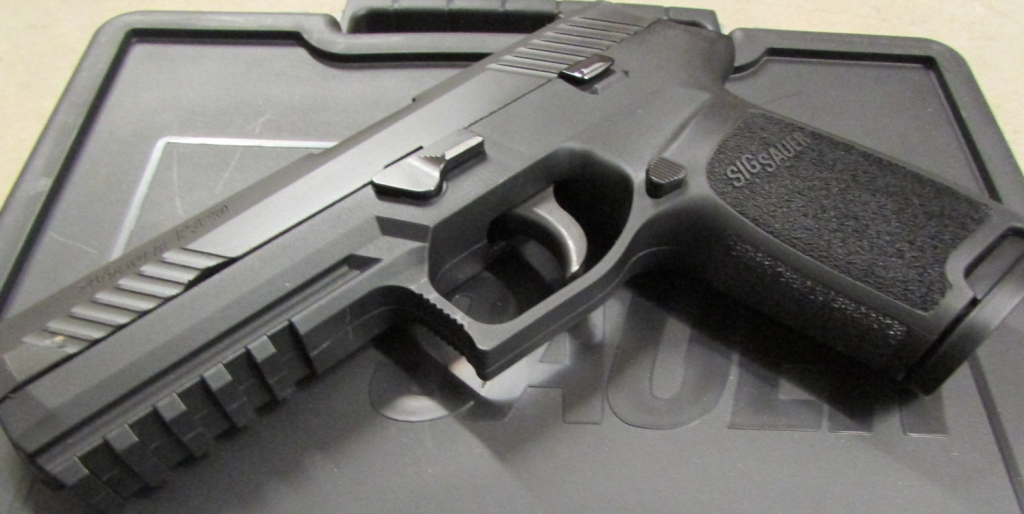
It started as a sidearm success story. The Sig Sauer P320 platform, its military variants M17 and M18 among them, took home the U.S. Army’s Modular Handgun System competition in 2017 and spread quickly through the armed forces, law enforcement agencies, and the civilian world. But in recent years, the reputation of the pistol has been marred by one persistent accusation: that it can discharge without the trigger having been pressed. The firm labels the allegation “misinformation.” Plaintiffs, wounded officers, and even some of the military reports indicate otherwise. The controversy has now become an intensely technical fight over sear geometry, striker safety lock tolerances, and the compounding impact of wear.

1. A Pattern of Uncommanded Discharges
Since 2016, over 100 lawsuits have accused P320-series pistols of firing without the need for a trigger pull, wounding at least 80 individuals. Incidents have happened at home, in vehicles, in school, and on duty. In a case in 2022 at Aviano Air Base, investigators determined an M18 fired when a staff sergeant released the slide safety engaged and obtained no fingerprints on the trigger. Internal wear markings on the mechanical disconnect indicated a failure that permitted the firing pin to travel forward. The Air Force has accepted several such reports, and in July 2025, the fatal shooting of Airman Brayden Lovan with an M18 prompted Air Force Global Strike Command to ground the weapon pending an investigation.

2. Engineering Focus: The Sear and Striker Safety Lock
In the center of the controversy is the P320’s striker-fired mechanism. The striker is half-pre-tensioned upon chambering a round, retained by a sear locking primary and secondary notches. The striker safety lock is constructed as the final deterrent, inhibiting the striker from moving forward unless the trigger bar shifts rearward. Gunsmith Austin Lee noted that the design “requires precise tolerances and regular maintenance to mitigate risks, particularly in high-wear or debris-prone environments.” Excessive movement from loose tolerances or wear could allow the sear to disengage unintentionally.
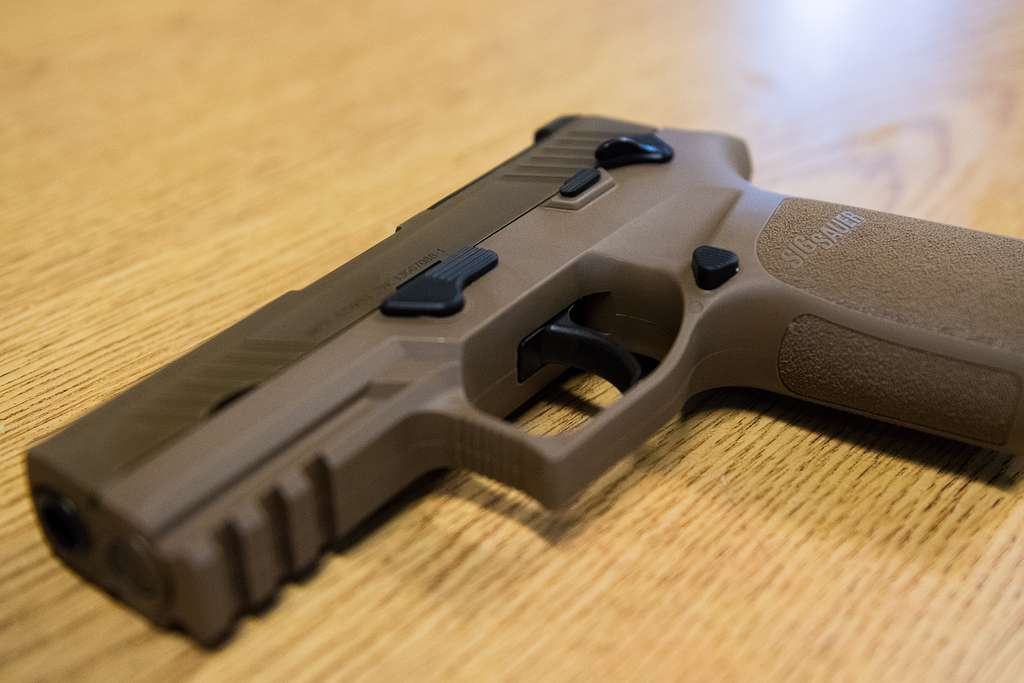
3. The FBI’s Ballistic Research Facility Findings
In August 2024, the Michigan State Police asked the FBI’s Ballistic Research Facility (BRF) to examine an M18 after an alleged uncommanded discharge in its holster. BRF gunsmiths Sig Sauer-certified discovered the striker safety lock spring not fully seated, which could render the safety inoperable if displaced. Both chipped wear on sear notches and a deformed striker pin hook diminished engagement surface were seen. In controlled testing modeling duty movements, BRF noted nine discharges and six partial striker strikes with no trigger pull. A new M18 came up with the same results under the same protocol.
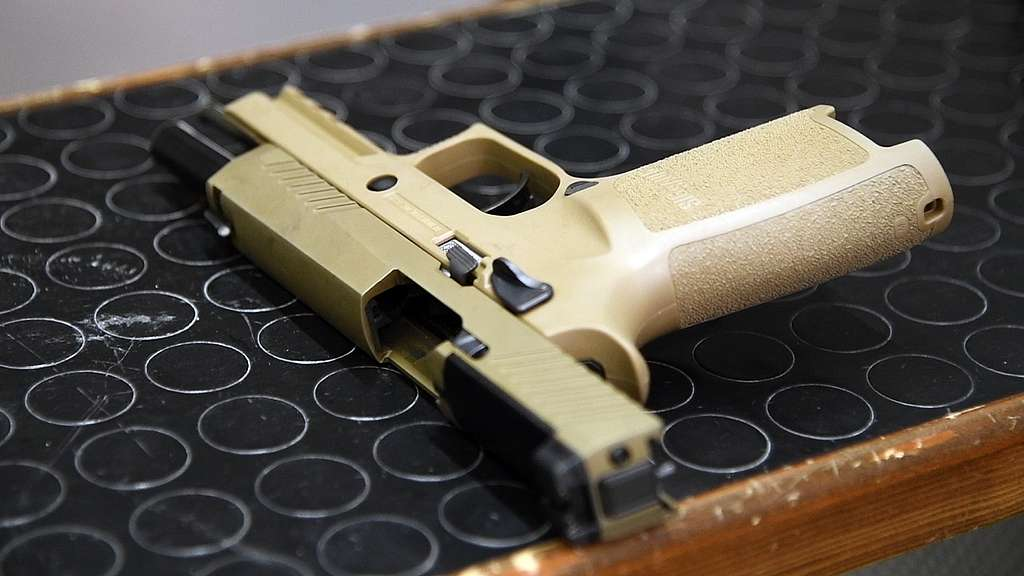
4. Sig Sauer’s Refutation and Further Testing
Sig Sauer challenged the BRF’s test, insisting that punching the sear downward also displaced the trigger bar an impossible situation. In collaboration with the FBI and MSP, Sig engineers assisted in the development of a new fixture for controlled sear-slip testing. With 19 striker assemblies, the FBI conducted the test 565 times without any primer strikes. “Sig Sauer still has complete confidence in the P320,” stated Jason St. John, senior director of strategic products. The Army, observing variations between its M17/M18 and civilian P320s, has done nothing.
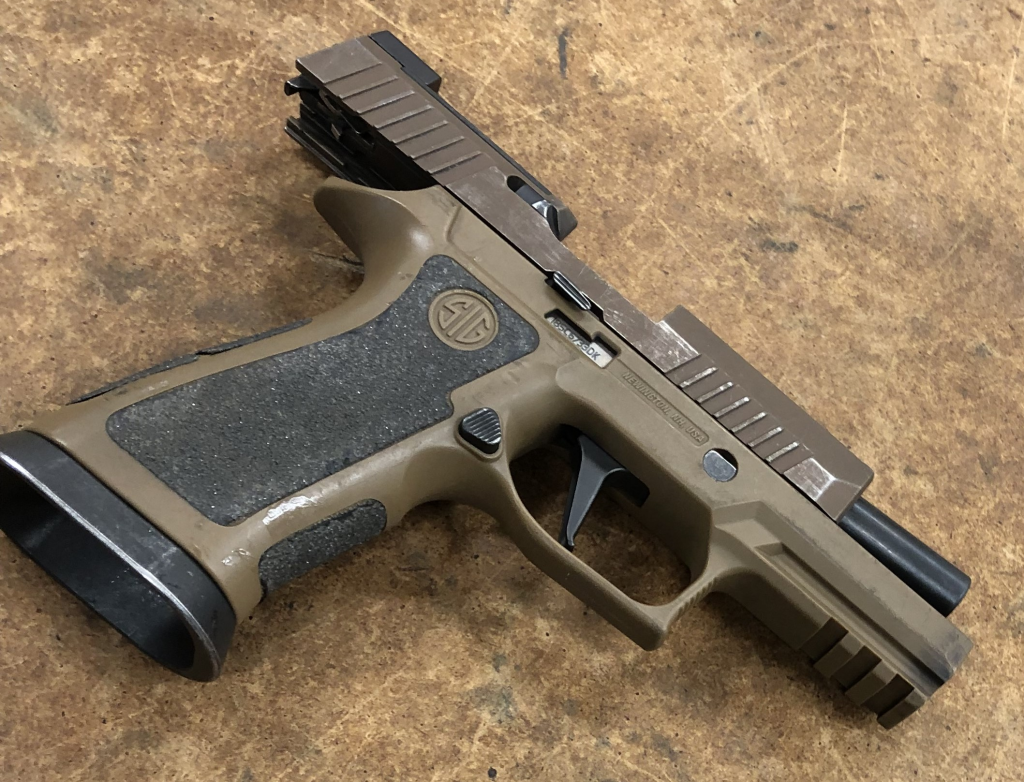
5. Tolerance Stacking and Wear as Risk Factors
The modularity of the P320 its serialized fire control unit can be exchanged with grip modules and slides is a stringent dimensional requirement. In engineering, tolerance stacking happens where each part is still in spec, but whose collective deviations cause functional problems. With the P320, cumulative wear of the sear, striker pin hook, and safety lock interfaces would degrade engagement margins. BRF noted sear “bounce” upon recoil repeatedly striking the striker pin and slide, a dynamic that could hasten chipping and wear.
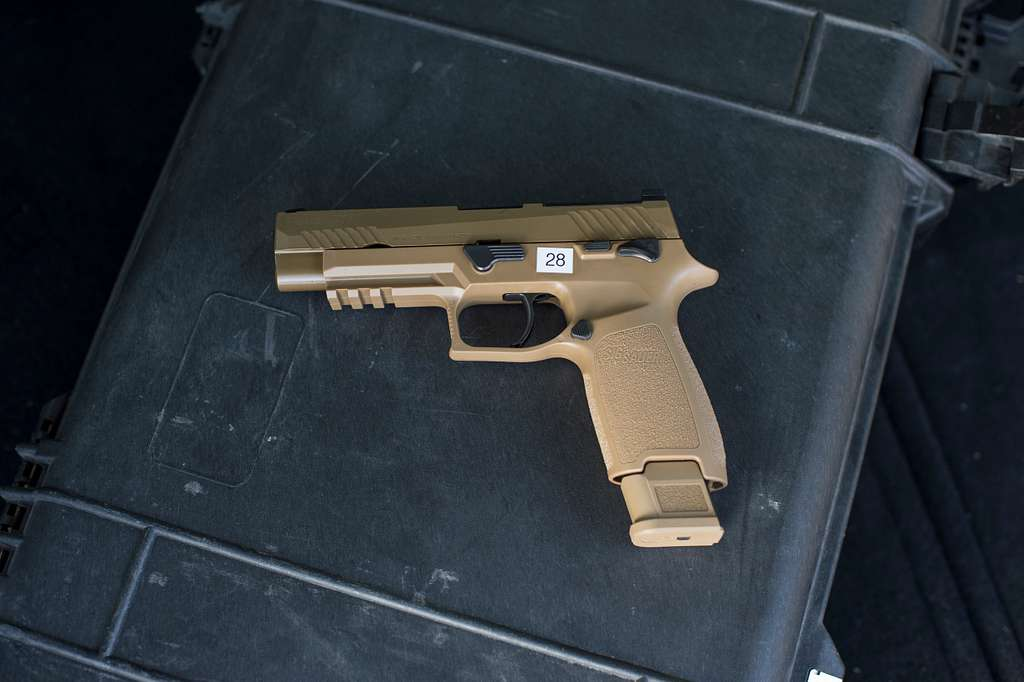
6. Design Choices and Safety Mechanisms
In contrast to most striker-fired pistols, the P320 is cocked when at rest, and most civilian versions of the P320 do not have a manual safety. Internal safeties striker catch and disconnect are not user-engagable. Critics, such as gunsmith James Tertin, have labeled this as “uniquely dangerous,” having it so that only 0.075 inches of trigger travel can decock the striker catch. Military M17/M18 pistols include an added manual thumb safety, but BRF said that type of safety would not eliminate the striker safety lock weaknesses found in its report.

7. Legal and Legislative Fallout
Court decisions have been varying. A Philadelphia jury gave $11 million to a man who was shot when his holstered P320 went off; another Georgia plaintiff was awarded $2.35 million. Sig Sauer has also won some cases and settled others. In May of 2024, New Hampshire enacted a bill capping liability for in-state firearm manufacturers, something critics complained was intended to protect Sig. The lack of federal regulation of firearms for safety because of a 1972 amendment that exempted guns from Consumer Product Safety Commission jurisdiction means there is no agency that can order a recall.

8. Industry and Agency Responses
A number of law enforcement agencies, including ICE, have taken the P320 out of commission. Others, such as the MSP, are users but have transitioned to narrower holsters and lights to minimize risk of intrusion. The Marine Corps and Army stick by their M18s based on aggressive acceptance testing and design differences from commercial models. Meanwhile, ex-Sig Sauer employee Brian McDonald has filed a patent for a modification that physically prevents sear movement when the safety is engaged, deeming the existing configuration “incomplete and unsafe.”
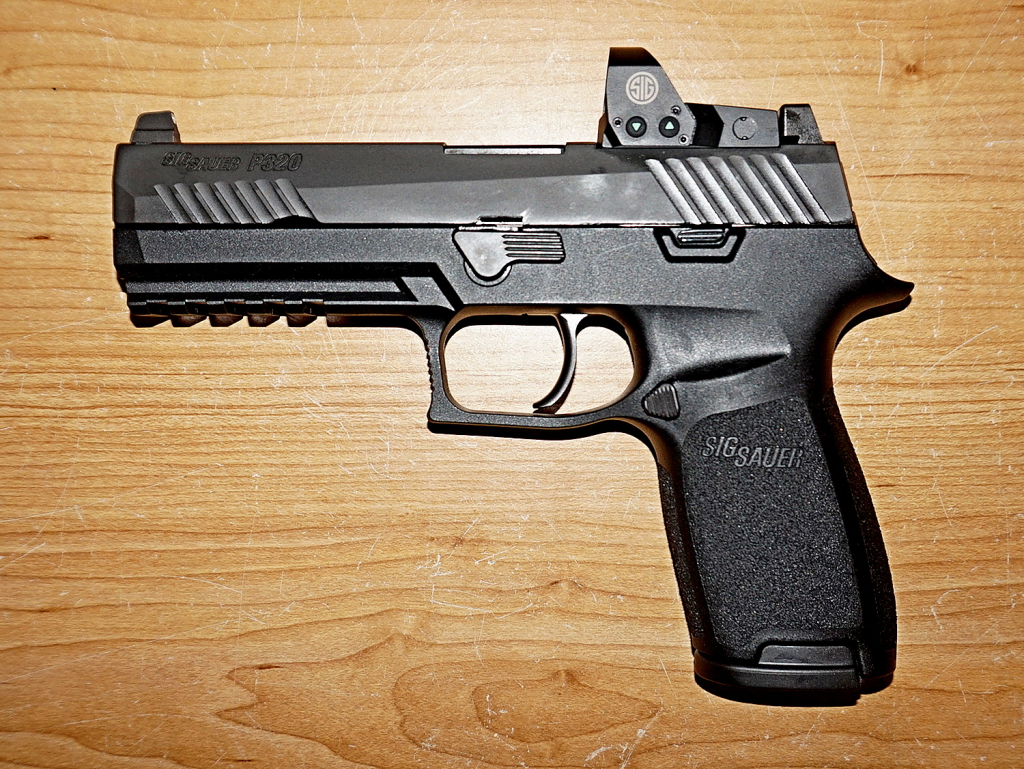
The P320’s saga highlights how small mechanical interactions spring seating, notch geometry, wear on surfaces can have disproportionate effects in a duty gun. For designers, armorers, and procurement officers, the case is a lesson in how design intent, manufacturing accuracy, and field use conditions intersect, sometimes with life-or-death consequences.


